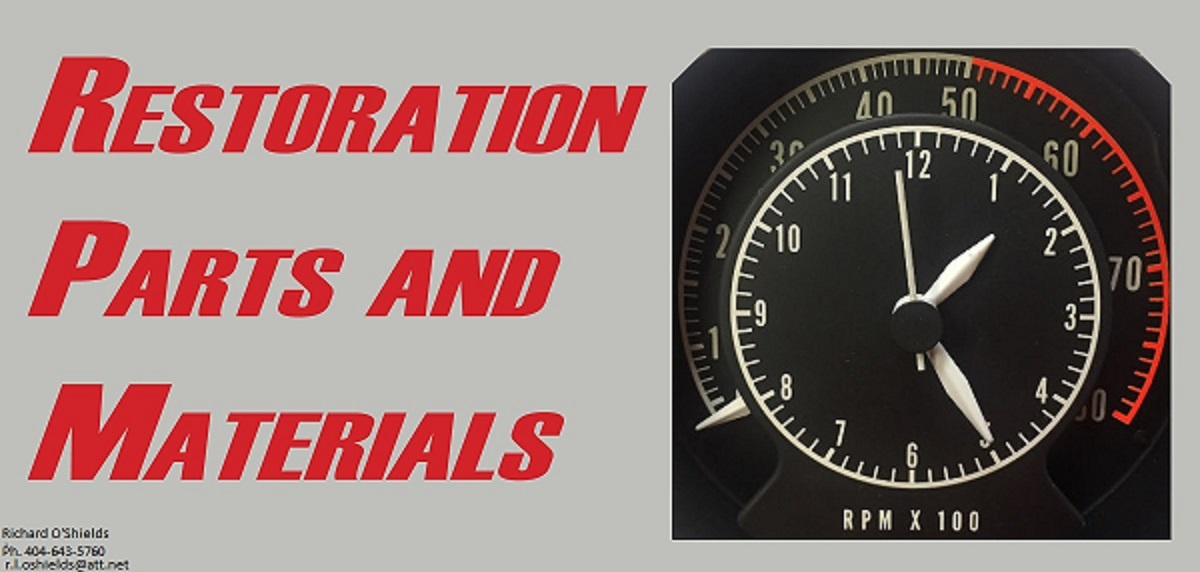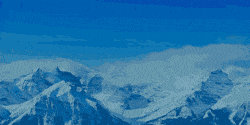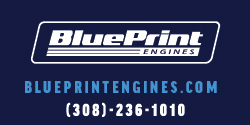Here is the progression of a few pictures that show some of the steps what it took to Restore the underside. It took EIGHT MONTHS to make the original undercoating look New again. First, we had to remove ALL oxidation with chemicals.
No Sandblasting was done to any of the parts or components on the car! We had to maneuver around all of the original features such as seam sealers, undercoat splatter, paint runs, etc.... Every area had to be perfectly cleaned so the different layers of primers and paints would properly adhere. We matched the original undercoat with a mixture of 4 different petroleum products and then used compressed air to manipulate the mixture to look like it was sprayed by a pressure pot device. I used a Q-Tips to trace the entire perimeter of every square inch under the car! It would take an entire weekend just to do a 2 ft. square area! We used approximately 18 different size artists brushes to be able to complete the process. Trying to work, prime and paint around 40 year old undercoating was miserable. After applying the primers and paint we had to restore the original undercoating. Keep in mind that everything had to blend together to look as if it had never been touched. Here are just a few pictures that should provide some understanding to the "Fun" process!

Step 1 - Removing rust chemically...preserving undercoating and original paint characteristics
Step 2 - Apply "dip coat" (dark grey), then red oxide over-spray, then light gray over-spray. Note - inside every hole on the frame had to be painted - very labor intensive - used an air-brush. Body color comes next.
Step 3 - Apply body color (black) over-spray.
Step 4 - Apply undercoat solution to existing factory undercoating. This illustrates hitting the areas with defined edges (ribs in floor shot at an angle in the assembly plant.)
Step 5- Apply undercoat solution. In this shot covering original undercoating.
Step 6 - Using air nozzle at about 22 psi to manipulate the new undercoating - giving it the heavy texture before it sets up.
Step 7 - Covering large areas with undercoating solution. Using brushes to control the patterns. Note the tube in place of shock...this mimicked the original location of the shock in the plant during undercoating.
Step 8 - Again using air nozzle to manipulate the fresh undercoating to give proper texture.





























